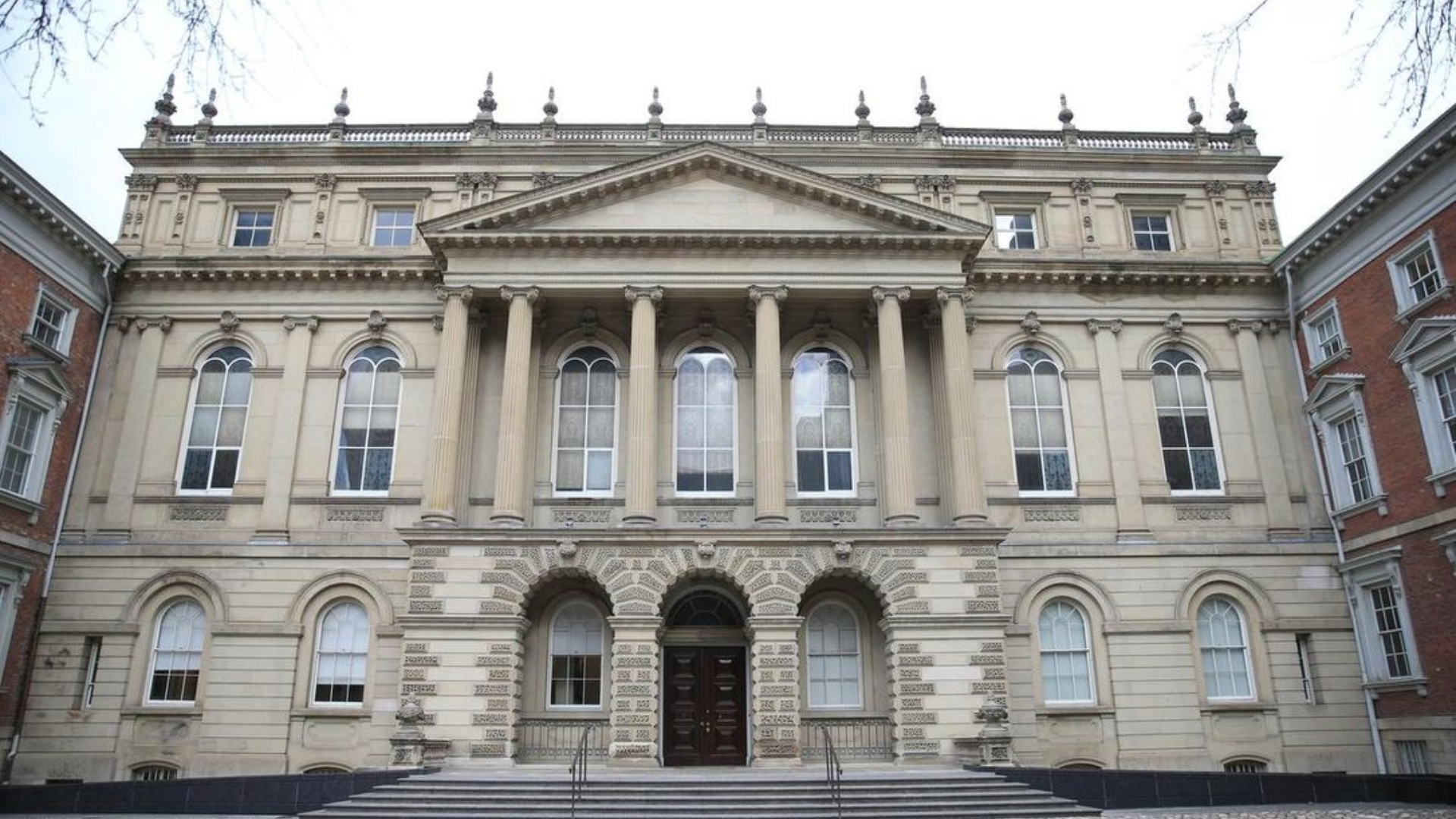
Ishac v Ontario (Health Insurance Plan) – Pectoral Implant Removal Not Covered by OHIP
In Ontario, the line between an insured health service and an elective cosmetic procedure can sometimes seem blurry. The Ontario Health Insurance Plan (OHIP) is

On March 3, 2025, the Ontario Physicians and Surgeons Discipline Tribunal (“OPSDT”) of the College of Physicians and Surgeons of Ontario (“CPSO”) suspended the medical license of anesthesiologist Dr. Vijay Sharma for 10 months to be followed by a period of clinical supervision.
The OPSDT found that Dr. Sharma had committed three types of misconduct:
Both procedures took place in March 2023.
In the first, Dr. Sharma was the anesthesiologist for an emergent gastroscopy performed on a 74-year-old patient who had various comorbidities. During the procedure, the patient experienced a decrease in oxygen saturation in their blood. Dr. Sharma was at the computer and had his back to the patient. A nurse reported that she stepped in to increase the oxygen and alert Dr. Sharma to what was happening. The nurse and endoscopist reported their concerns about the incident. Dr. Sharma then manually changed the oxygen saturation levels on the patient’s record to reflect the higher values of oxygen saturation than had been automatically recorded.
The second procedure took place five days after the first one. Dr. Sharma was the anesthesiologist for an emergent gastroscopy performed on an 83-year-old patient with various comorbidities. During the procedure, the patient experienced hypoxia (lowered oxygen level in tissues), hypotension (abnormally low blood pressure) and bradycardia (abnormally slow heart rate). A nurse reported that when she found the patient “dusky” with “no respiration,” Dr. Sharma was at the computer, with his back to the patient. After nurses alerted them, physicians found respirations were shallow. Patient B’s code was DNAR (do not attempt resuscitation)/DNI but because the patient was still in the procedure room, chest compressions were started. Resuscitation resulted in a return of spontaneous circulation. The patient died a short time later.
As with the first patient, Dr. Sharma manually changed the oxygen saturation levels on the anesthetic record to reflect higher values of oxygen saturation than had been automatically recorded.
The OPSDT quoted from an expert report filed in the proceeding the Canadian Anesthesiologists’ Society Guidelines to the Practice of Anesthesia, which state,
The only indispensable monitor is the presence, at all times, of a physician… mechanical and electronic monitors are aids to vigilance. Such devices assist the anesthesiologist to ensure the integrity of the vital organs and, in particular, the adequacy of tissue perfusion and oxygenation.
The expert concluded that in relation to each patient,
The lack of vigilance by Dr. Sharma to appropriately monitor the patient clinically to ensure maintenance of a patent airway and adequate oxygenation under sedation falls below the standard of care. The absence of vigilant monitoring by the anesthesiologist during the provision of anesthesia care falls below the expected standards of the profession.
The expert also concluded, in relation to the first patient, that he had “a strong suspicion that the chart was purposefully fabricated to suggest the patient had a patent airway during this timeframe.” He noted, commenting on both patients, that “[r]etrospective alteration and falsification of the electronic medical record falls below the standards as set out by the published Canadian Anesthesiologist’s Society Guidelines and is a breach of one’s professional obligations….”
For these reasons, the OPSDT found that Dr. Sharma failed to maintain the standard of practice of the profession in his care of both patients, both in his care during the procedures and by modifying electronically recorded readings following an adverse outcome.
The expert for the CPSO also reviewed OHIP data corresponding to 19 charts and concluded that in 11 charts, the OHIP claims were inconsistent with the services provided to the patient. Examples included wrongly billing certain codes when providing a colonoscopy, using a code that did not accurately reflect patients’ conditions as set out in the medical records, billing a code that should only be billed by the most responsible physician and claiming codes that were ineligible for payment based on the type of procedure actually performed.
The expert then reviewed an additional 20 patient charts and corresponding OHIP data. He concluded that, in all 20 charts, Dr. Sharma inappropriately billed a series of fee codes and that the fee codes billed did not correspond to services provided. For example, in several charts, Dr. Sharma inappropriately billed a consultation code, although the routine pre-anaesthetic evaluation of a patient does not constitute a consultation. In other charts, Dr. Sharma inappropriately billed using a code that should only have been used by the most responsible physician. In other charts, the fee codes did not correspond to the patient’s documented medical history and/or condition.
The OPSDT made the following determination with respect to Dr. Sharma’s billing practices:
Ontario’s health care system relies on physicians to ensure that their OHIP billings are careful and accurate. When a physician fails to do so, limited public health care dollars are misused and the physician inappropriately benefits. Even when unintentional, overbilling breaches the trust that Ontarians place in the medical profession regarding the use of public money. Dr. Sharma consistently failed to live up to those expectations. This was disgraceful, dishonourable and unprofessional.
Decision Date: March 3, 2025
Jurisdiction: Ontario Physicians and Surgeons Discipline Tribunal
Citation: College of Physicians and Surgeons of Ontario v. Sharma, 2025 ONPSDT 5 (CanLII)

In Ontario, the line between an insured health service and an elective cosmetic procedure can sometimes seem blurry. The Ontario Health Insurance Plan (OHIP) is

On February 11, 2019, Bradley McKee stabbed his father, William McKee, to death. At the time of the stabbing, Bradley was 27 years old; he

On August 22, 2025, a judge of the Ontario Superior Court of Justice found emergency medicine physician Dr. Angela Cavanagh negligent for not referring a

On August 14, 2025, the Court of King’s Bench of Alberta found Dr. Mark Guhle liable for over $16,500,000 for medical malpractice leading to the